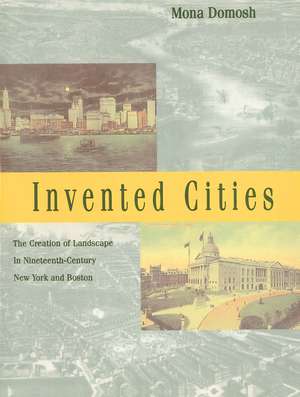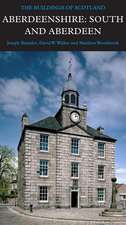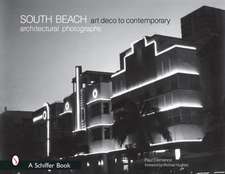Invented Cities: The Creation of Landscape in Nineteenth-Century New York and Boston
Autor Mona Domoshen Limba Engleză Paperback – 20 apr 1998
Why do cities look the way they do? In this intriguing new book, Mona Domosh seeks to answer this question by comparing the strikingly different landscapes of two great American cities, Boston and New York. Although these two cities appeared to be quite similar through the eighteenth century, distinctive characteristics emerged as social and economic differences developed. Domosh explores the physical differences between Boston and New York, comparing building patterns and architectural styles to show how a society’s vision creates its own distinctive urban form. Cities, Domosh contends, are visible representations of individual and group beliefs, values, tensions, and fears.
Using an interdisciplinary approach that encompasses economics, politics, architecture, historical and cultural geography, and urban studies, Domosh shows how the middle and upper classes of Boston and New York, the "building elite," inscribed their visions of social order and social life on four landscape features during the latter half of the nineteenth century: New York’s retail district and its commercial skyscrapers, and Boston’s Back Bay and its Common and park system. New York’s self-expression translated into unlimited commercial and residential expansion, conspicuous consumption, and architecture designed to display wealth and prestige openly. Boston, in contrast, focused more on culture. The urban gentry limited skyscraper construction, prevented commercial development of Boston Common, and maintained homes and parks near the business district. Many fascinating lithographs illustrate the two cities’ contrasting visions.
Using an interdisciplinary approach that encompasses economics, politics, architecture, historical and cultural geography, and urban studies, Domosh shows how the middle and upper classes of Boston and New York, the "building elite," inscribed their visions of social order and social life on four landscape features during the latter half of the nineteenth century: New York’s retail district and its commercial skyscrapers, and Boston’s Back Bay and its Common and park system. New York’s self-expression translated into unlimited commercial and residential expansion, conspicuous consumption, and architecture designed to display wealth and prestige openly. Boston, in contrast, focused more on culture. The urban gentry limited skyscraper construction, prevented commercial development of Boston Common, and maintained homes and parks near the business district. Many fascinating lithographs illustrate the two cities’ contrasting visions.
Preț: 227.05 lei
Nou
Puncte Express: 341
Preț estimativ în valută:
43.45€ • 45.11$ • 36.23£
43.45€ • 45.11$ • 36.23£
Carte tipărită la comandă
Livrare economică 24 martie-07 aprilie
Preluare comenzi: 021 569.72.76
Specificații
ISBN-13: 9780300074918
ISBN-10: 0300074913
Pagini: 200
Ilustrații: 79 b-w illus.
Dimensiuni: 191 x 235 x 12 mm
Greutate: 0.31 kg
Ediția:Revised
Editura: Yale University Press
Colecția Yale University Press
ISBN-10: 0300074913
Pagini: 200
Ilustrații: 79 b-w illus.
Dimensiuni: 191 x 235 x 12 mm
Greutate: 0.31 kg
Ediția:Revised
Editura: Yale University Press
Colecția Yale University Press
Notă biografică
Mona Domosh is associate professor of geography at Florida Atlantic University.










